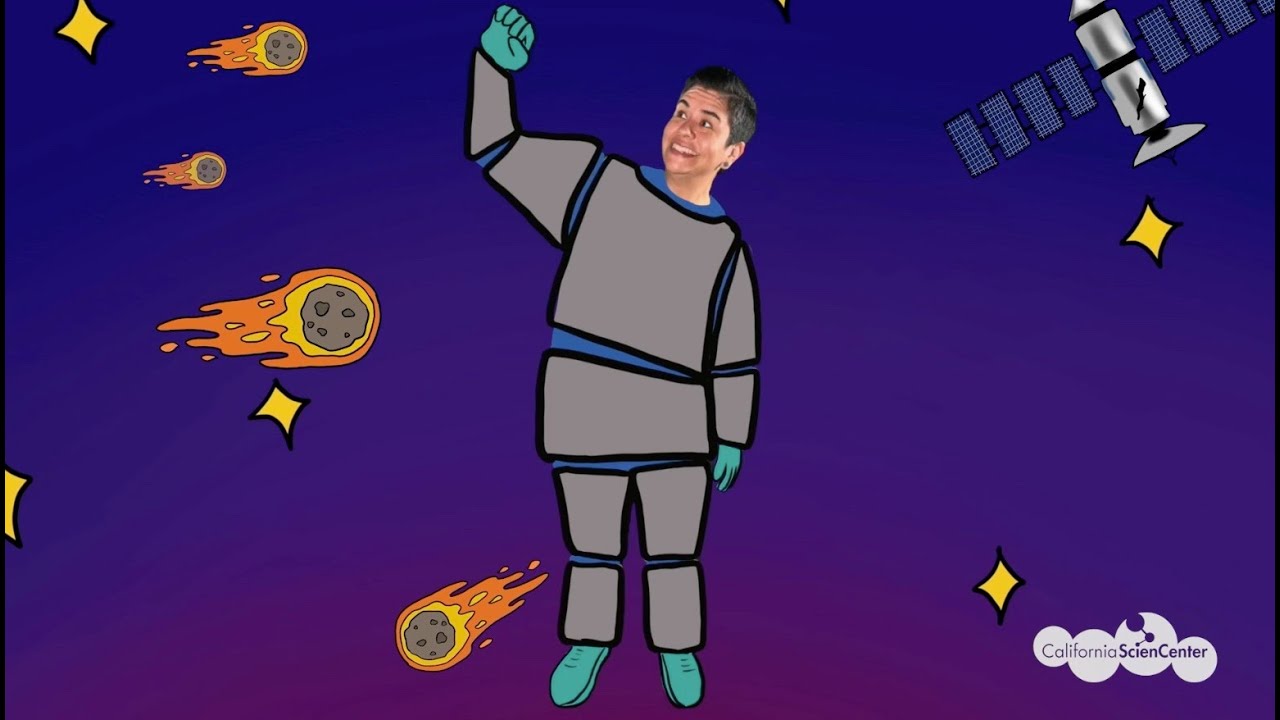- Introduction to 2nd Grade Physical Science and Virtual Field Trips
- Exploration of the California Science Center’s Role in Education
- Importance of Zoological Studies for Young Learners
- Integration of Zoo Management and Wildlife Conservation Education
- Harnessing Technology for Engaging Scientific Discovery
The 2nd Grade Physical Science curriculum forms a critical foundation for young learners, providing them the essential skills and knowledge to understand the world through scientific inquiry. A virtual field trip, such as the one offered by the California Science Center, enhances this learning experience significantly. The integration of technology in education allows students to explore scientific concepts in an engaging and accessible manner.
The California Science Center plays an instrumental role in educational outreach, offering a comprehensive resource for exploring the dynamic field of physical science. By harnessing cutting-edge technologies, the center facilitates a captivating experience that connects theoretical knowledge with practical applications. This synergy is vital in nurturing a lifelong interest and curiosity in scientific exploration among young students.
Zoological studies at this level introduce students to the diversity of animal life, instilling awareness on ecological balance and the importance of preserving biodiversity. Understanding animals’ physical characteristics and behaviors helps children comprehend broader concepts such as adaptation and ecosystems. A virtual field trip leverages visual and interactive elements, making these lessons both captivating and informative.
Education in zoology extends beyond mere observation. By integrating aspects of zoo management, students gain insights into the complexities of maintaining habitats and ensuring animal welfare. These lessons are instrumental in fostering a sense of responsibility and stewardship towards the natural world. A well-structured educational program will include discussions on ethical considerations in wildlife conservation, providing a holistic understanding of human impact on the environment.
Wildlife conservation education is a critical component of the curriculum, emphasizing the significance of safeguarding natural habitats and species. The integration of conservation principles with zoological studies allows students to appreciate the interdependence between humans and the environment. Digital platforms serve as powerful tools, offering immersive experiences that highlight conservation challenges and strategies, inspiring students to become informed advocates for sustainable practices.
The 2nd Grade Physical Science – Virtual Field Trip at the California Science Center exemplifies the effective use of technology in education. Virtual reality and digital storytelling create an enriching environment for students, enabling them to witness scientific phenomena up close. This method bridges the gap between theoretical constructs and real-world applications, reinforcing learning through interactive participation.
Incorporating digital resources into the curriculum offers a distinct advantage, especially in terms of accessibility and inclusivity. Virtual field trips eliminate barriers associated with traditional outings, such as geographical constraints and logistical hurdles. This accessibility ensures all students can participate in learning, irrespective of their location or circumstances.
In conclusion, the combination of 2nd Grade Physical Science educational strategies with virtual field trips at institutions like the California Science Center represents an innovative approach to enhancing scientific literacy. By providing a structured yet flexible learning environment, it stimulates curiosity and empowers students with the knowledge and skills they need to understand and care for the living world around them. Through such initiatives, educators can inspire the next generation of scientists, environmentalists, and informed citizens dedicated to making a positive impact.
*****
Source Description
Join our educators in testing and learning about different properties of materials as they design a space suit. You might be inspired to do some testing of your own, too!
0:00 Introduction
0:50 Question of the Day
1:20 Buzzword
2:06 Let’s Explore Properties of Materials
15:36 Science Talk
19:45 Let’s Sketch!
25:33 Summary
Funding provided by the special interest license plate featuring the image of Snoopy, with permission and support from Peanuts Worldwide (Section 5169 of the Vehicle Code) for the Museum Grant Program under the California Cultural and Historical Endowment.


